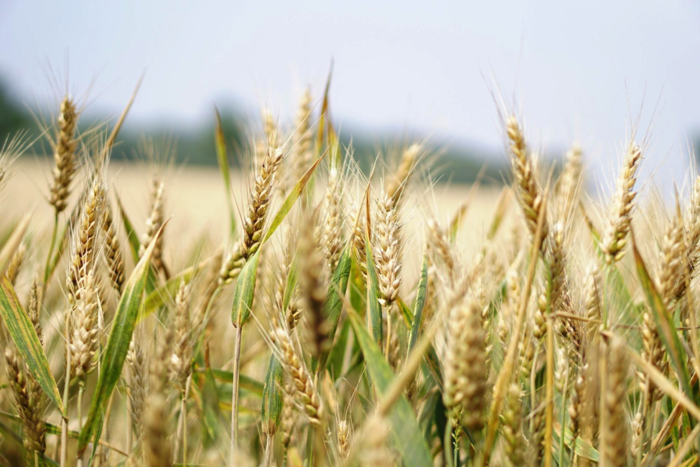
How can farms, fisheries and livestock systems adapt to meet growing needs on a rapidly changing planet? What can consumers, institutional decision-makers or government policies and programs do to facilitate resilience and help producers thrive in new environments?
Agriculture and food play a leading role in humanity’s relationship to the natural world, including longstanding concerns about land and water, and the urgent new priorities of mitigation, adaptation and resilience to climate change. Mitigation helps reduce future harms, adaptation responds to harms that are already occurring and resilience is the ability to recover and thrive despite setbacks.
Recent and ongoing changes in how food is grown demonstrate the potential for innovation to transform agricultural production. What farmers do is influenced by government policies and programs as well as farmer organizations and civil society, but a convenient shorthand for how innovations scale up to reach all farm enterprises is agribusiness. Similarly, the environmental conditions under which farmers work involve many aspects of soils and water, climate and biodiversity, but a convenient shorthand for understanding the natural resources around farm enterprises is agroecology. The future of food depends on innovations in both domains, for agribusiness to work with agroecology in ways that meet each person’s need for a healthy diet, decent work and resilience to shocks
The shared priority for innovation globally is climate change mitigation and adaptation, building resilience to extreme weather and other climatic shocks. Agriculture plays a major role in that effort, calling for new production methods tailored to needs of each farming region. Agricultural innovation is much more location-specific than innovation for industry and services, not only because of each region’s distinctive geography, ecosystems and infrastructure, but also because of differences in the levels and trends in the relative scarcity of different resources.
One of the few near-certainties about the twenty-first century is that the rural population of Sub-Saharan Africa will continue to rise, increasing the number of young workers who have few options other than to be farmers, while the rural populations of all other regions will decline or remain roughly constant and older in age. That difference ensures that young African farmers will be looking for and quickly adopting innovations adapted to a shrinking area of agricultural land per farm household, including higher input use to raise yields. Sustaining support for innovations that meet African farmers’ need for intensification, even as governments elsewhere are no longer concerned about shrinking land area per farm in their own countries, is among the many challenges ahead that will shape the future of food.
< Previous
Magic Herbs to not miss in Your Garden| Medicinal plants
Next >
Important Tips for Designing a Good Chicken House| For Healthy and Happy Birds


